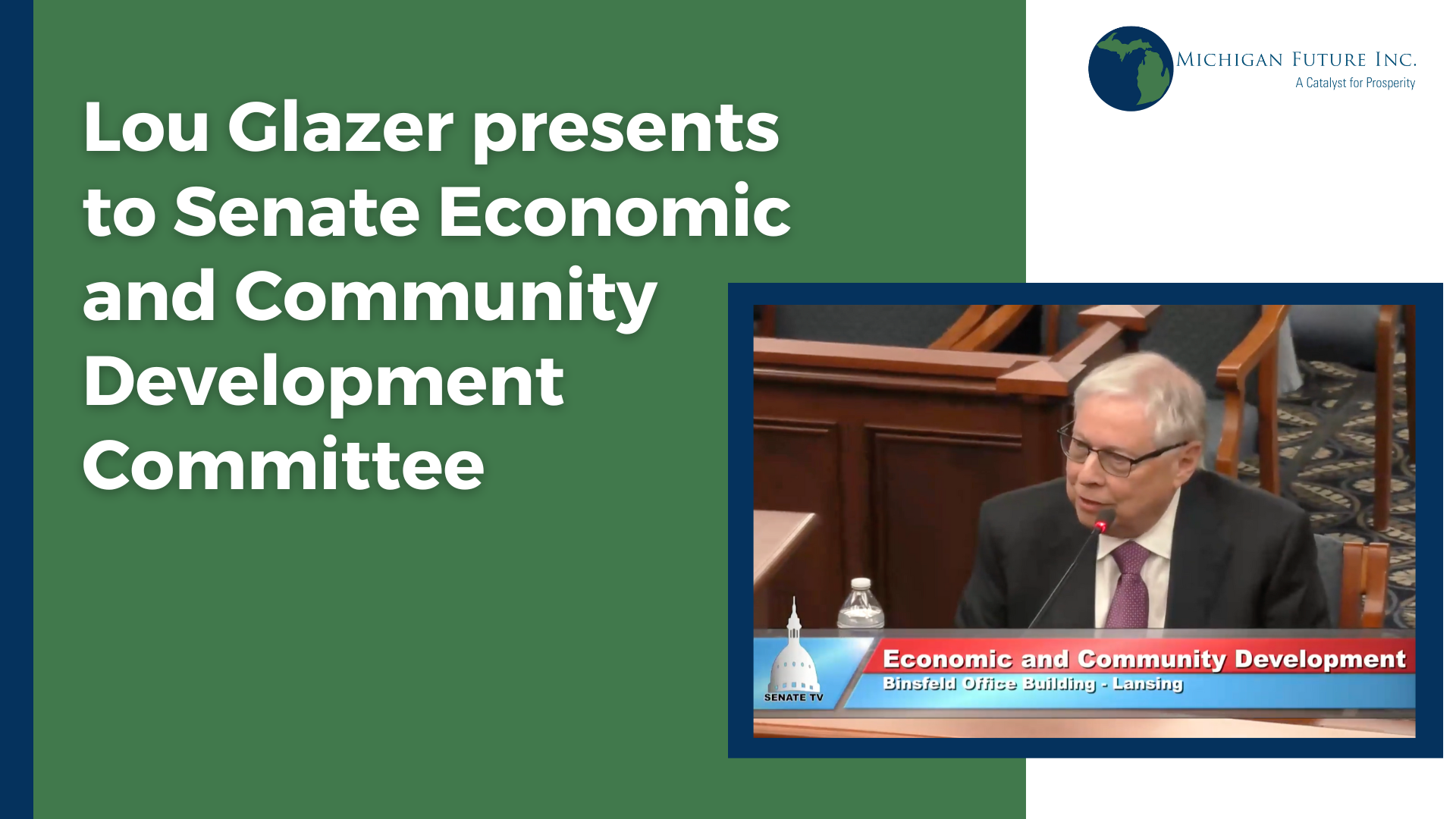Gary Olson, who is retiring as the head of the Senate Fiscal Agency, has some sound ideas on how to balance the state budget. He laid them out last week as reported by AnnArbor.com. Worth reading. According to the article his recipe is primarily reducing public employee and retiree compensation and raising taxes mainly by eliminating all sorts of special tax breaks.
Why those two areas? Because they are where policy makers the last decade, on a bi-partisan basis, went over board. That’s right tax cuts and higher compensation, not spending – other than corrections and Medicaid – are the actions that have left us with a structural deficit of something like a billion and half today and likely to grow.
As Olson points out the average total cost of a state employee, a figure that includes benefits, rose 58.2 percent from $54,412 to $86,100 from 1999-2000 to 2009-10. Over the same period, the average personal income for individual Michigan residents grew 24.1 percent. On taxes – contrary to all you read and hear – it was a decade of tax cuts. Largely because of special tax breaks. Olson calculates during that same 10-year stretch, the amount of tax expenditures the state distributed to businesses and individuals – which includes tax breaks, credits and deductions – rose from $14.1 billion to $26.2 billion. So that Michigan’s total tax revenue which equaled 9.55 percent of residents’ personal income in 1999-2000 by 2009-10 was down to 6.96 percent.
With few exceptions Michigan is not providing too many public services. If anything we have cut too much the last decade. Particularly support for basic local services and higher education – the items in the budget that we believe are most important for growing the Michigan economy. Olson offers a path – by focusing on compensation and taxes – that can get us back to a structurally balanced budget and the ability to provide both public services that improve the quality of life of Michiganians and public investments that help grow the economy. It’s a path worth pursuing.






